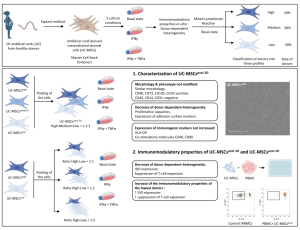Focus on adult AML has revealed encouraging results
Science Daily, February 16, 2021
A McMaster stem cell research team has made an important early step in developing a new class of therapeutics for patients with a deadly blood cancer.
The team has discovered that for acute myeloid leukemia (AML) patients, there is a dopamine receptor pathway that becomes abnormally activated in the cancer stem cells. This inspired the clinical investigation of a dopamine receptor-inhibiting drug thioridazine as a new therapy for patients, and their focus on adult AML has revealed encouraging results.
AML is a particularly deadly cancer that starts with a DNA mutation in the blood stem cells of the bone marrow that produce too many infection-fighting white blood cells. According to the Canadian Cancer Society about 21% of people diagnosed with AML will survive at least five years.
“We have successfully understood the mechanism by which the drug benefited patients, and we are using this information to develop a new, more tolerable formulation of the drug that is likely to work in some of the patients,” said senior author of the paper Mick Bhatia, a professor of biochemistry and biomedical sciences at McMaster. He also holds the Canada Research Chair in Human Stem Cell Biology.
The phase one study of 13 patients is being featured on the cover of the journal Cell Reports Medicine published today.
Bhatia said the team has continued to carefully analyze and further refine their therapeutic approach and results of the initial trial.
“Together, these achievements highlight the importance of the new paradigm of that issues impacting patients can be taken to the lab bench and solutions back to patients. These “bed to bench, and back to bed” approaches and partnerships to advance novel therapeutics Canadians suffering from cancer,” he added.
Reference:
Lili Aslostovar et al. Abnormal dopamine receptor signaling allows selective therapeutic targeting of neoplastic progenitors in AML patients. Cell Reports Medicine, 2021 DOI: 10.1016/j.xcrm.2021.100202
Source: McMaster University








